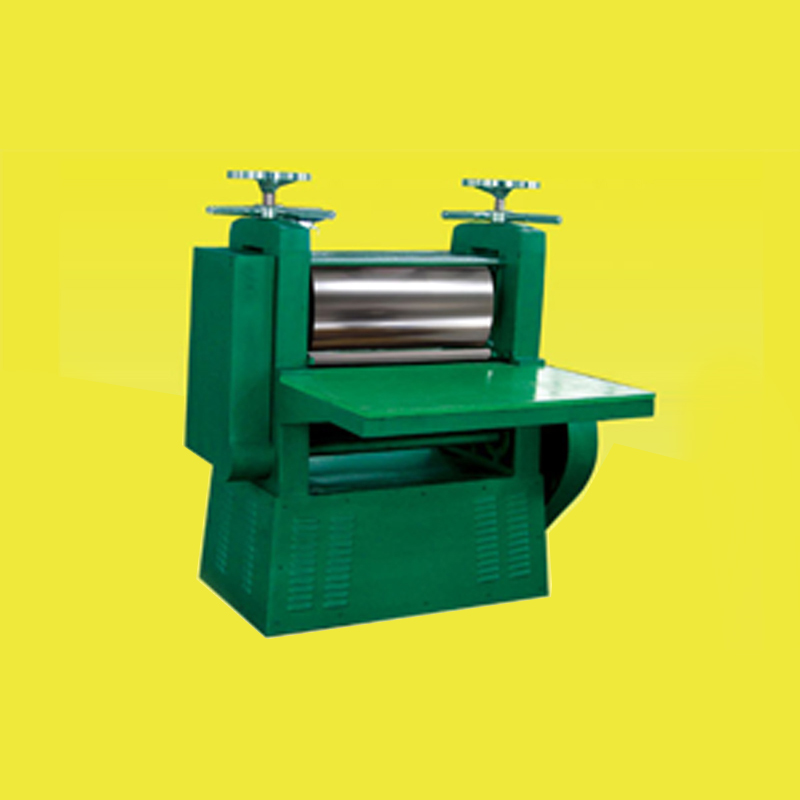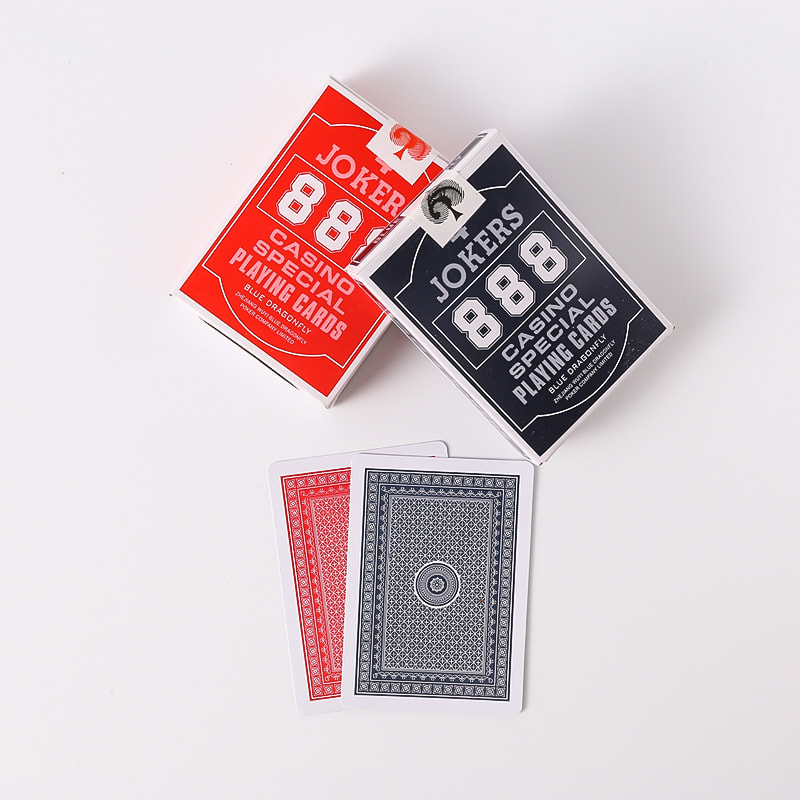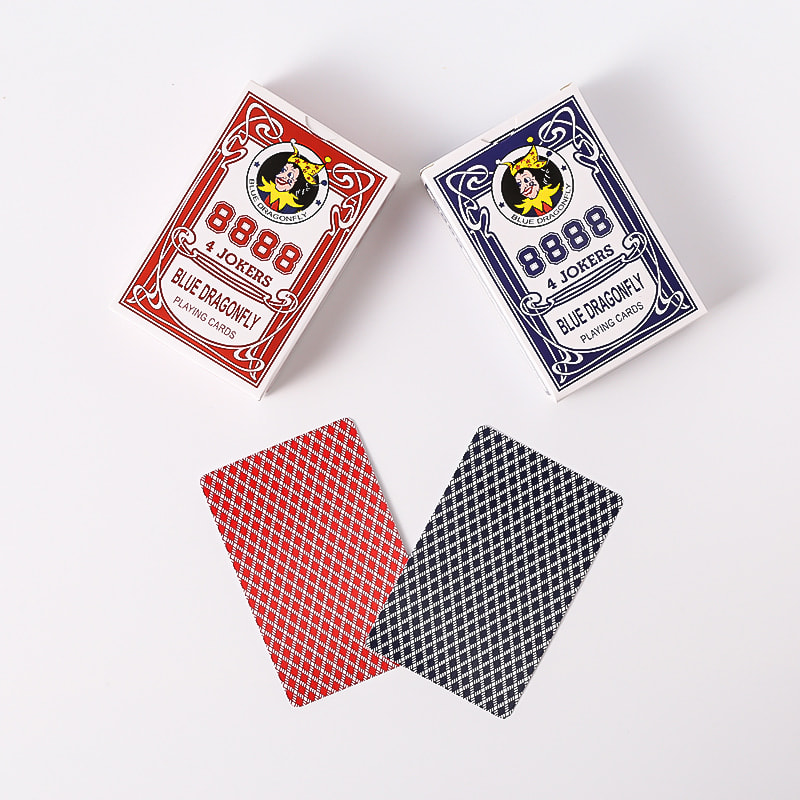Web Menu
Product Search
Exit Menu
Understanding the Printing Precision Capabilities of a High-Performance Playing Cards Making Machine
In the world of playing card production, print quality is not just a matter of aesthetics—it directly affects user experience, brand reputation, and product authenticity. Whether for casual gaming, professional tournaments, or promotional branding, customers expect cards to have sharp images, consistent color tones, and flawless alignment. A key component behind this is the printing precision delivered by the Playing Cards Making Machine. This article explores how such machines achieve high levels of print accuracy and consistency.

High-Resolution Printing Systems
One of the significant advancements in modern Playing Cards Making Machine design is the incorporation of high-resolution printing technology. Most machines today support resolutions of 1200 DPI (dots per inch) or higher, ensuring ultra-clear images, text, and symbols. This level of detail is particularly important for intricate designs and fine text that appear on specialty or custom playing cards. Whether using offset, flexographic, or digital printing modules, the focus remains on achieving good visual clarity without distortion.
Color Management and Consistency
Accurate color reproduction is another critical aspect of printing precision. Professional-grade machines are equipped with advanced color calibration systems, including inline spectrophotometers and densitometers. These systems continuously monitor color tones and make real-time adjustments to ensure consistency across every card and batch. This is especially important when printing face cards or backs with uniform patterns, where any shift in hue or saturation would be immediately noticeable to end users.
Registration Accuracy and Alignment
Printing precision also depends on how well the printed image aligns with the card's edges and cut lines. Misaligned printing, known as registration error, can cause off-center designs or partially cut-off symbols. To prevent this, Playing Cards Making Machines use precision feeding systems and high-accuracy registration sensors that align each sheet or card blank within microns of the target position. Some machines also utilize computer vision systems to track and correct alignment in real time, reducing waste and increasing output quality.
Material Compatibility and Ink Control
The type of card material—whether it’s plastic, coated paperboard, or specialty stock—can influence print performance. A high-quality Playing Cards Making Machine is designed to handle various substrates while maintaining sharp, smudge-free prints. This is achieved through precise ink delivery systems that control the amount, pressure, and drying time of ink application. Many machines also include UV or IR drying systems to rapidly set ink without bleed or blurring, even at high speeds.
Long-Term Print Accuracy and Maintenance
Consistent printing precision over time depends on proper maintenance and high-quality components. Industrial machines feature durable rollers, print heads, and feeding belts that resist wear and retain calibration. Automated cleaning cycles and diagnostic alerts help operators identify potential issues before they affect print quality. Additionally, many machines offer modular printing units that can be easily replaced or upgraded, ensuring continued precision throughout the machine's lifecycle.
Conclusion: Reliable Print Quality for Demanding Applications
The printing precision of a Playing Cards Making Machine is a result of thoughtful engineering, advanced technology, and intelligent process control. From high-resolution output and color accuracy to exact registration and clean ink application, these machines are built to meet the demanding expectations of both manufacturers and end users. For businesses aiming to produce professional-grade playing cards with consistently good visual quality, investing in a machine with robust printing precision capabilities is a crucial and rewarding decision.




 English
English عربى
عربى











